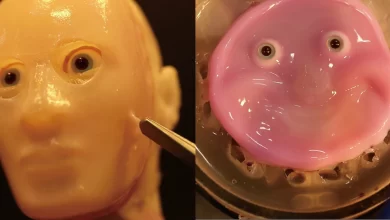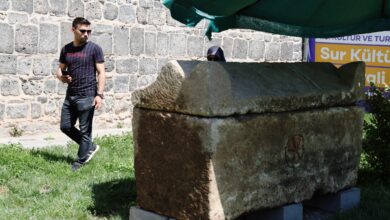Oleatrium Olive and Olive Oil History Museum

Oleatrium Olive and Olive Oil History Museum
Oleatrium, which is formed by combining the words olea (olive) and atrium (courtyard) in Latin, means olive courtyard. The project and construction of Oleatrium, which was created in order to reflect the connection of olives with the history of Anatolia and the Mediterranean and to leave a legacy to the future, started in May 2009. It was opened in May 2011 as “Oleatrium Exhibition Hall”. In 2012, it received the status of Private Museum. In order to preserve and maintain the sustainability and originality of the materials as construction materials in the architecture, local and original excavation / dismantling products (blended brick-stone-wood etc.) were used as much as possible. The museum, which was built in the appearance of an olive oil factory from the outside, has a usage area of 3,000 m2. It consists of an outer garden, an inner garden, a lobby and 11 exhibition halls. In architecture, the presence of exhibited objects and the periods in which these objects were connected were wanted to be emphasized, which were not highlighted visually and aesthetically in the halls. The visiting hours of the Temple of Apollo are divided in two ways: winter or summer. Those who want to visit during the summer can come between 08.00 and 18.30. At the same time, those who want to visit during the winter hours can reach the region between 08.30 and 17.30.
Currently, the Temple of Apollo can be visited easily with an entrance fee of 15 TL in line with current prices. If you have a museum card, then you can visit every part of the Temple of Apollo for a touristic visit by using your museum card twice a year. Located in Aydin’s Didim district, this important temple attracts a large number of local and foreign tourists every year.
The museum consists of 11 halls in total. In the exhibition in 10 halls, the technologies developed in olive oil production and the different usage areas of olive oil are explained in a narrative style with artifacts and animations in the period from the ancient period to the present day (from 2000 BC).
Transportation:
You can reach the museum by using public transportation.






